Disclosure: This article contains affiliate links. We may earn a commission from purchases at no extra cost to you, which helps our travel content.
When my production work took me to Montevideo last summer, I made what might seem an unusual decision: extending my stay to explore Las Piedras with my colleague's family. Just 15 miles north of Uruguay's capital, this unassuming city of 70,000 rarely makes international travel lists. But as someone perpetually drawn to places where authentic daily life and thoughtful design intersect, Las Piedras offered something increasingly rare – a genuine Uruguayan experience untouched by the polished veneer of tourism that now coats Punta del Este and parts of Colonia. What I discovered was a family-friendly gem where sustainable urban planning, vibrant community spaces, and a refreshingly slow pace created the perfect backdrop for children to experience South American culture. Las Piedras may lack the postcard fame of Uruguay's coastal destinations, but for families seeking meaningful cultural immersion without overwhelming crowds or costs, this overlooked city delivers unexpected delight.
Why Las Piedras Deserves Your Attention
Las Piedras exists in that sweet spot that travel producers like myself are always searching for – authentic enough to provide genuine cultural immersion, yet developed enough to accommodate families without unnecessary hardship. The city's name ('The Stones') references the rocky terrain that once characterized this landscape, though today you'll find a thoughtfully designed urban environment where green spaces and community-focused architecture create a uniquely livable atmosphere.
Unlike Uruguay's more famous destinations, Las Piedras operates at a pace that allows children to acclimate gently to the cultural differences. Streets are navigable, locals are genuinely welcoming (rather than jaded by tourism), and the scale feels manageable even with young ones in tow. During our week-long stay, I watched my colleague's children – aged 7 and 9 – transform from shy observers to confident explorers, practicing their rudimentary Spanish with patient shopkeepers and joining impromptu football matches in neighborhood plazas.
What particularly impressed me was the city's commitment to sustainable development. Las Piedras has implemented several green initiatives over the past decade, including solar-powered public lighting, community gardens, and car-free zones that make family exploration both safer and more enjoyable. As someone who documents architectural solutions to environmental challenges, I found myself unexpectedly documenting these thoughtful urban interventions between our family adventures.

💡 Pro Tips
- Book accommodations near Plaza Artigas for easy walking access to most attractions
- Download the Las Piedras municipal app for updated event information (available in English)
- Most locals speak limited English but appreciate any attempt at Spanish – a good quality translation app is essential
Family-Friendly Cultural Immersion
Las Piedras offers a refreshingly hands-on approach to cultural education that captivated the children I traveled with. The city's cultural center, Casa de la Cultura, runs regular workshops specifically designed for visiting families. During our stay, the children participated in a candombe drumming session where patient instructors helped them grasp the fundamentals of Uruguay's African-influenced rhythm heritage. The looks of concentration on their faces as they attempted to maintain the complex patterns were priceless – and by session's end, they'd gained not just a new skill but a tangible connection to Uruguay's multicultural identity.
The Mercado Municipal provides another immersive experience, functioning as both practical shopping venue and cultural classroom. Unlike the more tourist-oriented markets in Montevideo, Las Piedras' market remains primarily for locals. Here, the children practiced ordering in Spanish, calculated prices in Uruguayan pesos, and discovered unusual fruits like butia and guaviyú. The market vendors showed remarkable patience, often offering samples and explaining the origins of various products.
For a more structured learning experience, the small but thoughtfully curated Museo Regional offers interactive exhibits on local history and ecology. What impressed me was how the museum's design encourages sensory engagement – with touchable artifacts, scent stations featuring local plants, and audio recordings of regional bird species. The children spent nearly two hours here, completely engrossed in hands-on discovery.
I'd recommend capturing these cultural moments with a reliable camera. My travel camera proved perfect for documenting these experiences without being obtrusive – its automatic settings handled the varying light conditions beautifully while I focused on the moments unfolding.

💡 Pro Tips
- Check the Casa de la Cultura schedule upon arrival – workshops often require pre-registration
- Visit the Mercado Municipal on Tuesday or Friday mornings when produce selection is freshest
- The Museo Regional offers English-language audio guides if requested in advance
Green Spaces and Outdoor Adventures
What truly distinguishes Las Piedras as a family destination is its commitment to accessible green spaces – something I've documented in sustainable urban planning across Scandinavia but was pleasantly surprised to find in this modest Uruguayan city. The crown jewel is undoubtedly Parque Artigas, a 12-hectare urban park that seamlessly blends recreational facilities with ecological education.
The park's design reflects thoughtful environmental stewardship, with native plant species, water conservation systems, and solar-powered facilities. For families, this translates to a space where children can both play freely and develop environmental awareness. The park's adventure playground – constructed entirely from sustainable materials – became our daily destination. Unlike the plastic structures common elsewhere, this playground uses reclaimed wood, rope systems, and natural terrain to create challenging play experiences that the children never tired of.
For more active exploration, the Sendero Ecológico (Ecological Trail) offers a 3km walking path through restored wetland habitat. The trail features informative signage about local flora and fauna, with several observation platforms where we spotted native birds. The children were particularly fascinated by the capybaras that occasionally appear near the water features – these giant rodents became the stars of their travel stories back home.
When exploring these outdoor spaces, proper sun protection is essential in Uruguay's intense summer sun. I always recommend a good mineral sunscreen that's gentle on children's skin while providing effective protection without harmful chemicals. The children's parents applied it liberally before our outdoor adventures, ensuring comfortable exploration without painful sunburns.
Another unexpected highlight was the city's urban farm project, Granja Educativa, where children can interact with farm animals, help harvest vegetables, and participate in sustainable agriculture workshops. The hands-on approach to food education resonated deeply with the children, who still talk about milking goats and collecting eggs – experiences increasingly rare in our digitally-dominated world.
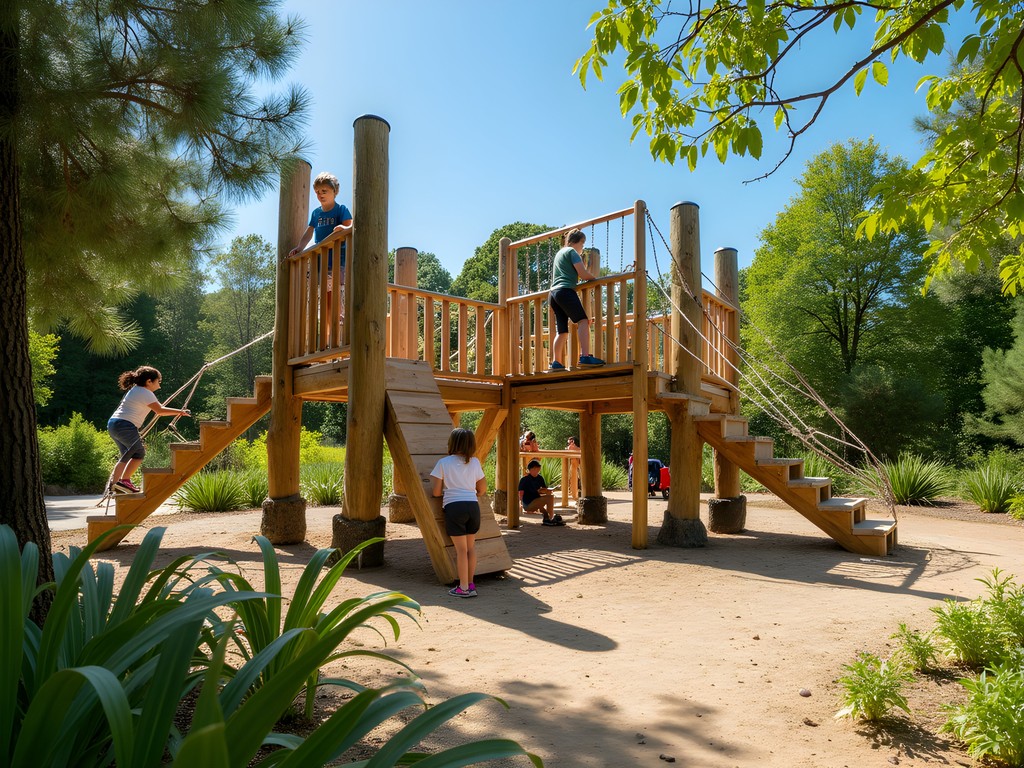
💡 Pro Tips
- Visit Parque Artigas early morning (before 10am) or late afternoon (after 4pm) to avoid the strongest midday sun
- The Ecological Trail is mostly shaded but requires closed walking shoes and mosquito repellent
- Granja Educativa requires advance booking for hands-on activities – contact them at least 2 days ahead
Local Cuisine: A Family Food Adventure
Food often presents the greatest challenge when traveling with children, but Las Piedras offers an approachable entry point to Uruguayan cuisine that bridges familiar flavors with new culinary experiences. Unlike the more expensive restaurants of Montevideo or Punta del Este, Las Piedras' eateries maintain affordable prices while serving authentic dishes prepared with locally-sourced ingredients.
Our culinary base became Café del Pueblo, a family-run establishment where the owners took special delight in introducing the children to Uruguayan specialties. They began with familiar territory – milanesas (similar to schnitzel) with hand-cut fries – before gradually introducing more distinctive flavors. By mid-week, the children were enthusiastically ordering chivitos (Uruguay's signature steak sandwich) and sharing portions of pascualina (spinach pie).
The true breakthrough came at a weekend asado (barbecue) at Parrilla El Hornero, where the theatrical preparation of various meats over open flame captivated everyone. The children, initially hesitant, were drawn in by the sensory experience – the sizzling sounds, aromatic smoke, and the communal atmosphere. The restaurant's patient staff explained the various cuts and cooking methods, turning dinner into an educational experience.
For sweet treats, the city's numerous heladerías (ice cream shops) offer distinctively Uruguayan flavors. Heladería Artesanal La Piedra became our regular stop, where the children methodically worked their way through flavors like dulce de leche, membrillo (quince), and frutos del bosque (forest fruits). The shop's commitment to using natural ingredients and traditional preparation methods aligns perfectly with Uruguay's slow food movement.
One practical recommendation for families with picky eaters: I always suggest packing a food thermos when traveling with children. This allows you to save portions from successful meals for later, ensuring children have something familiar available during moments of culinary resistance. This simple tool prevented several potential mealtime meltdowns during our week in Las Piedras.

💡 Pro Tips
- Uruguayan dinner times run late (8-10pm) – request earlier seating when dining with children
- Most restaurants offer half-portions (media porción) for children even if not listed on the menu
- Water is safe to drink throughout Las Piedras, so refill bottles rather than purchasing plastic ones
Day Trips: Expanding Your Uruguayan Experience
While Las Piedras provides ample entertainment for several days, its strategic location makes it an excellent base for exploring the surrounding region. With children's attention spans in mind, we structured our itinerary to include several half-day excursions that complemented our Las Piedras experience.
Just 20 minutes away by local bus, the historic town of Canelones offers colonial architecture and the excellent Museo del Vino, where children can participate in grape-stomping demonstrations during harvest season (February-March). The museum's design thoughtfully incorporates child-height displays and interactive elements explaining how climate and soil influence wine production – a science lesson disguised as entertainment.
Slightly further afield, the Reserva Natural Humedales de Santa Lucía provides an immersive nature experience with well-maintained boardwalks through protected wetlands. The reserve's visitor center offers child-focused binocular rentals and wildlife spotting guides that transformed our walk into an engaging treasure hunt. The children meticulously checked off species they spotted, developing observational skills while connecting with Uruguay's natural heritage.
For a beach experience without the crowds of more famous coastal destinations, Playa Pascual offers gentle waters and wide sandy shores just 40 minutes from Las Piedras. Unlike the developed beaches of Punta del Este, this local favorite maintains a relaxed atmosphere where children can safely explore tidal pools and build elaborate sand structures.
When planning day trips with children, I've found a good packable daypack essential for carrying water bottles, snacks, sun protection and extra layers. The children took pride in carrying their own small versions, fostering independence while ensuring necessities were always at hand.
The transportation infrastructure around Las Piedras is remarkably family-friendly. Clean, frequent buses connect to most destinations, with children under 10 traveling at reduced fares. For more remote locations, local taxi services offer reasonable fixed rates for half-day excursions – significantly more affordable than similar services in Uruguay's tourism hotspots.
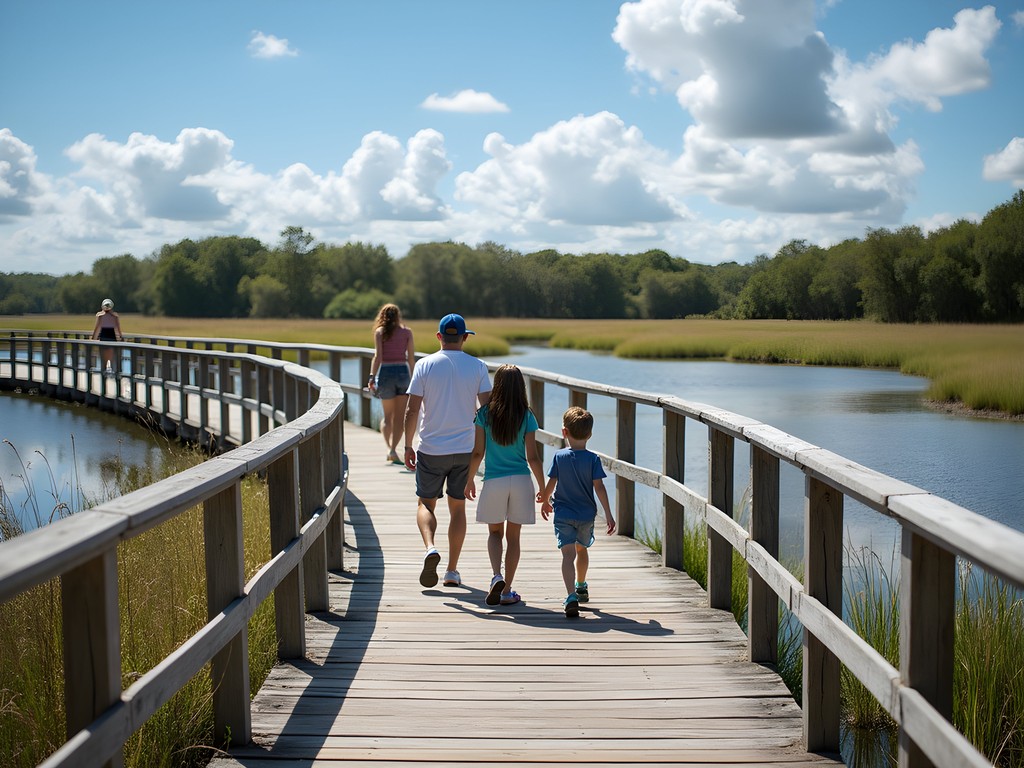
💡 Pro Tips
- Purchase the Tarjeta STM transport card upon arrival for discounted bus fares throughout the metropolitan area
- Schedule outdoor excursions for morning hours when wildlife is most active and temperatures milder
- Pack picnic supplies from Las Piedras' bakeries and markets – designated picnic areas exist at most day trip destinations
Final Thoughts
As we boarded our departures from Carrasco International Airport, I reflected on how Las Piedras had delivered something increasingly rare in family travel – an authentic cultural immersion that engaged rather than merely entertained. In an era where many destinations seem designed primarily for Instagram moments, this unassuming Uruguayan city offered genuine connections with local people, sustainable urban design worth documenting, and child-friendly experiences that fostered curiosity rather than consumption. The children left with more than souvenirs; they carried new perspectives on food, language, and community living. For families seeking meaningful travel beyond the obvious destinations, Las Piedras represents the kind of place I'm always searching for – where tourism hasn't yet displaced authentic daily life, where prices remain reasonable, and where children are welcomed as valued visitors rather than tolerated as necessary accompaniments. In documenting Las Piedras' thoughtful approach to urban sustainability, I unexpectedly discovered one of South America's most rewarding family destinations.
✨ Key Takeaways
- Las Piedras offers authentic cultural immersion without the tourism markup of better-known Uruguayan destinations
- The city's commitment to sustainable urban design creates exceptionally family-friendly public spaces
- Local cuisine can be approached gradually, building children's confidence with new flavors
- Strategic location allows easy day trips while maintaining a relaxed home base
📋 Practical Information
Best Time to Visit
December through March (Uruguayan summer)
Budget Estimate
$75-125 USD per day for family of four
Recommended Duration
5-7 days
Difficulty Level
Easy

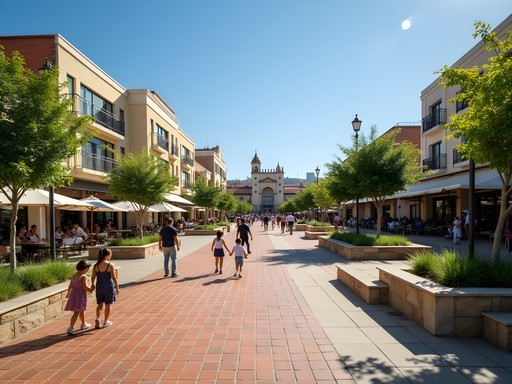
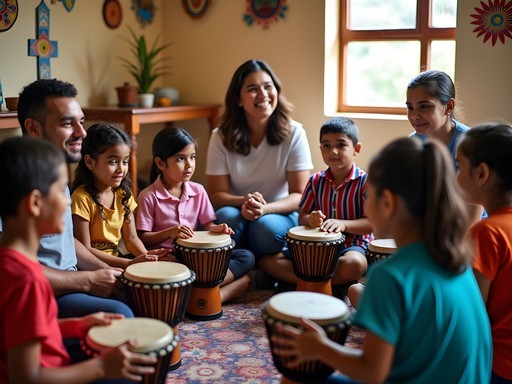


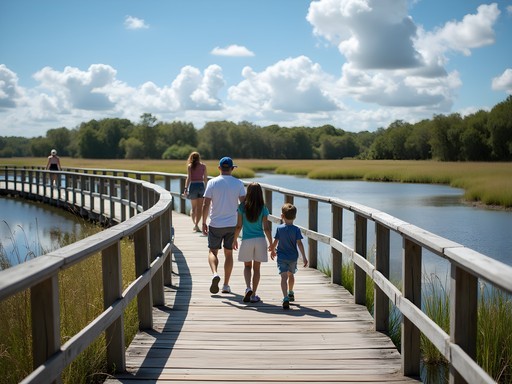


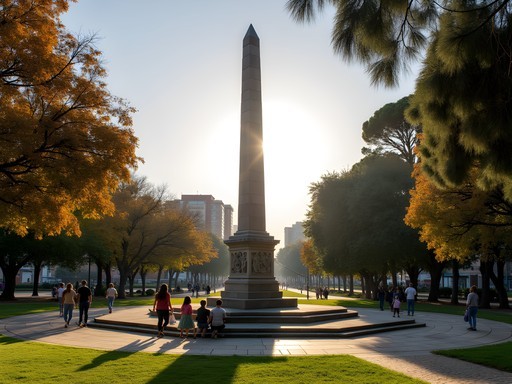

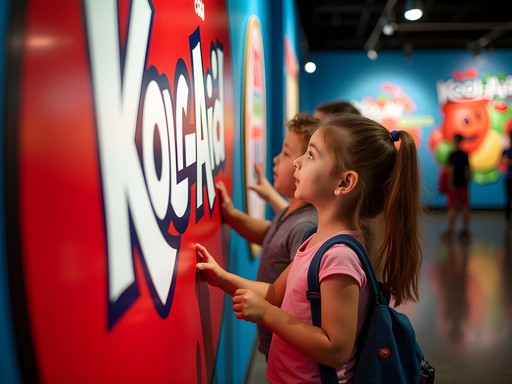

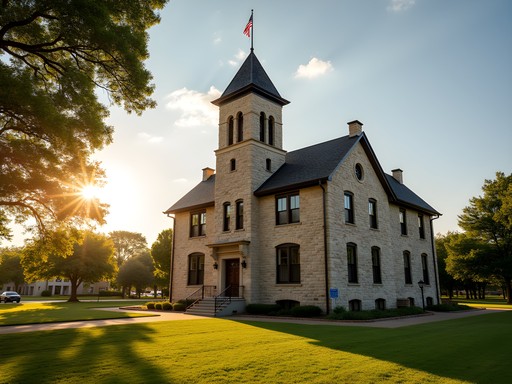



Comments
escapeguy
Just booked our tickets to Uruguay for December and adding Las Piedras to our itinerary after reading this! Question - how many days would you recommend staying there with kids aged 6 and 8? Is it doable as a day trip from Montevideo or worth staying overnight?
Blake Murray
I'd recommend at least 2 nights! While you can see the highlights in a day trip, the relaxed pace is what makes it special for families. The Plaza de las Piedras area has several affordable guesthouses perfect for kids that age.
escapeguy
Thanks Blake! Just adjusted our plans to include a 2-night stay. Looking forward to those family food adventures you mentioned!
globelegend
Those green spaces look incredible! Never would have thought of Uruguay for a family trip but you've totally changed my mind!
escapeguy
Same here! Always thought of Uruguay as more of an adult wine tourism destination. Good to see there's something for the little ones too.
bluemate
OMG we just got back from Uruguay and I wish I'd seen this earlier! We spent all our time in Montevideo and Punta del Este. Las Piedras looks amazing for families!
photoadventurer
Great post! How easy was it to get around Las Piedras with kids? Did you rent a car or use public transport?
Blake Murray
We actually did both! The local buses are clean, frequent and very affordable. For day trips outside the city, we rented a car which gave us more flexibility with the kids' schedules.
photoadventurer
Perfect, thanks! Heading there with my 7 and 9 year olds in November, so this is super helpful.
Douglas Bradley
Blake, this is exactly the kind of off-the-beaten-path family destination that deserves more attention. I visited Uruguay last year but completely missed Las Piedras - a mistake I won't make again! Your section on cultural immersion activities particularly resonated with me. The way you described local families welcoming visitors into community events is what authentic travel is all about. Did you find the language barrier challenging with the kids? I'm curious if Spanish proficiency is necessary or if families can navigate comfortably with basic phrases and translation apps.
Blake Murray
Thanks Douglas! The language barrier was there but not insurmountable. Most tourism-adjacent folks speak some English, and the locals were incredibly patient with our basic Spanish. I used language cards which the children loved using to order food!
Douglas Bradley
That's good to know! I've found that kids often break through language barriers more easily than adults do. Will definitely keep Las Piedras on my radar for future Uruguay content.
SoloTraveler28
Would this place be worth visiting for non-family travelers too?
Frank Garcia
Not Blake, but I'd say yes! Uruguay in general is underrated, and places like Las Piedras give you a more authentic experience than just sticking to Montevideo or Punta del Este.
Blake Murray
Absolutely! While I focused on family activities, the food scene, local culture and proximity to Montevideo make it a great day trip for anyone wanting to see the 'real' Uruguay.
AdventureFamily5
Just got back from Uruguay and included Las Piedras in our itinerary based on this post - thank you Blake! The kids absolutely loved it. We found this little playground near Parque Artigas that had the coolest wooden climbing structures. Our 8-year-old made friends with local kids despite not speaking Spanish! One tip for families: we used our pocket translator which was super helpful when ordering at local restaurants. The empanadas at that corner bakery you mentioned were indeed amazing!
Blake Murray
This makes me so happy to hear! Isn't it amazing how quickly kids can connect across language barriers? So glad you enjoyed those empanadas too!
Savannah Torres
Blake, your post brings back such great memories! We spent 4 days in Las Piedras last month as part of our Uruguay family adventure. The highlight for my kids was definitely the Granja Educativa (educational farm) just outside town where they got to milk cows and make cheese. Not in your post but absolutely worth adding! Also, for parents worried about picky eaters - the local pizzerias were a hit with our kids when they needed a break from trying new foods. La Pasiva restaurant had a great children's menu with simpler versions of local dishes. One thing I'd add: bring good walking shoes as the cobblestone streets in the historic center are tough on strollers - we ended up using our baby carrier most of the time.
AdventureParents
Just used this guide for our family trip and it was spot on! We especially loved the cultural immersion activities. Our kids (7 and 9) were fascinated by the candombe drumming workshop we found through a local connection. One tip to add: bring a good Spanish phrasebook as English isn't widely spoken outside tourist areas. We used our pocket translator constantly and it was a lifesaver with the local bus system!
Blake Murray
So glad the guide helped! That drumming workshop sounds amazing - I'll have to check it out next time. Great point about the language barrier too.
redgal
OMG THANK YOU for this post!!! We're planning our first international trip with kids (7 and 4) and were looking at Uruguay but kept seeing the same Montevideo/Punta del Este recommendations. Las Piedras looks PERFECT for us! Those playgrounds look amazing and my kids are surprisingly adventurous eaters. Did you find the locals welcoming to children? Any restaurants that were particularly kid-friendly?
Venture X
Premium card with 2X miles, $300 travel credit, Priority Pass